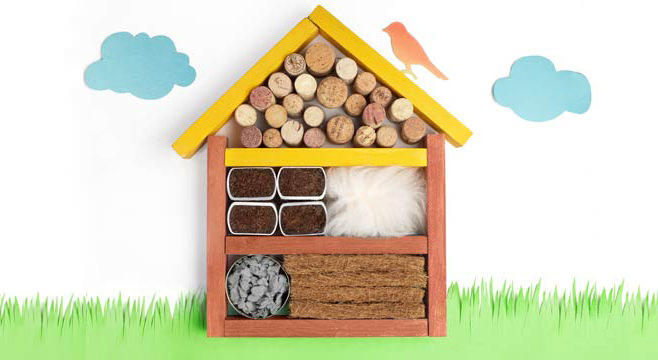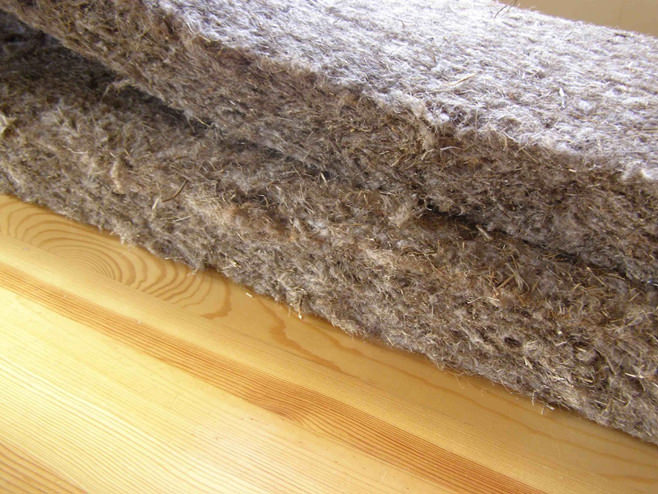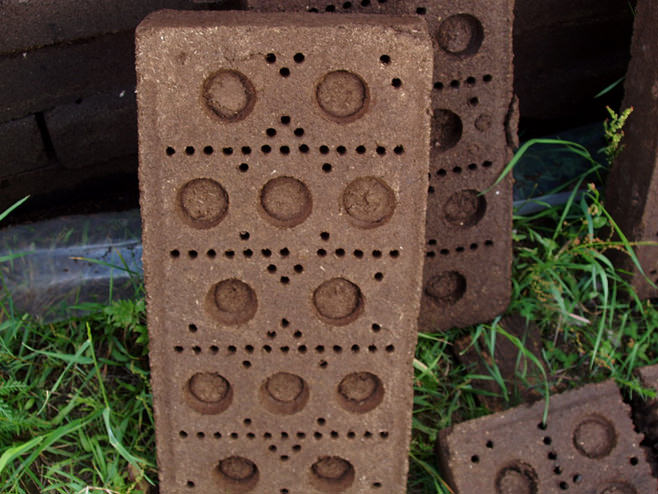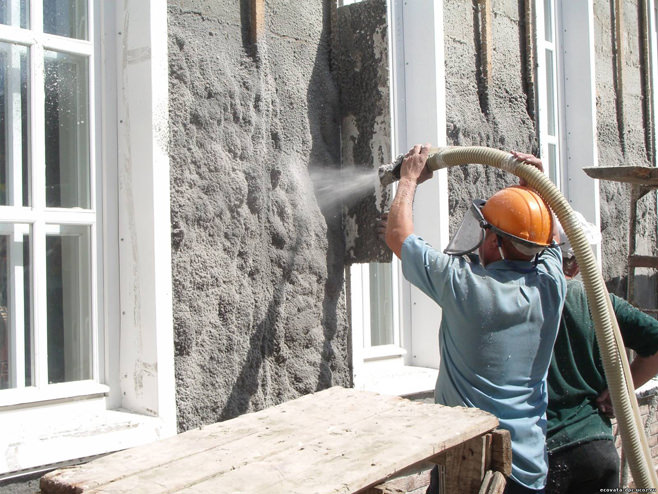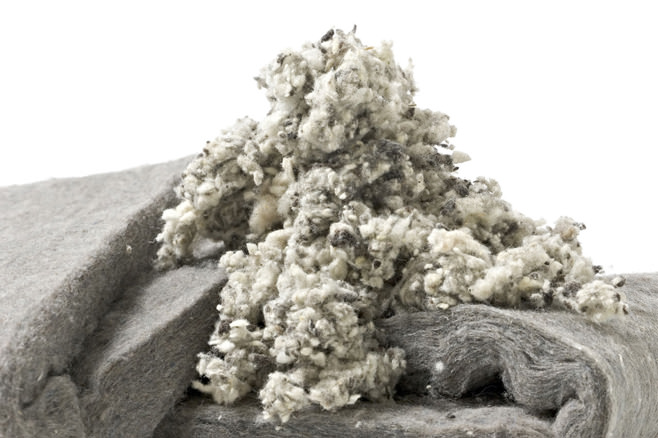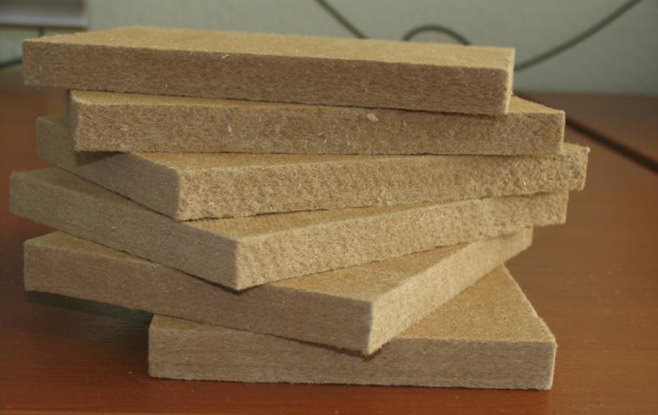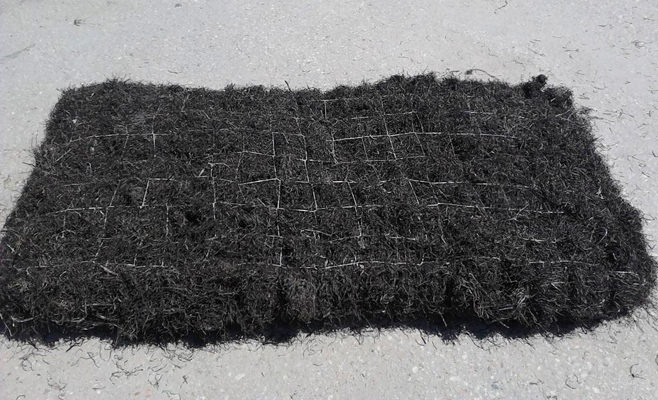Environmentally friendly insulation has a lot of advantages, the main of which is the absence of harm to health. In addition, natural materials, as a rule, are versatile, they can be used for various premises, they are inexpensive, they serve for a long time and have low thermal conductivity, which ensures high efficiency of natural insulation..
Linen
The materials obtained from plants have the longest history of use as an ecological insulation for the home. Flax fibers were used practically without additional processing. Now modern materials are obtained from them – linen felt, or tape roll tow.
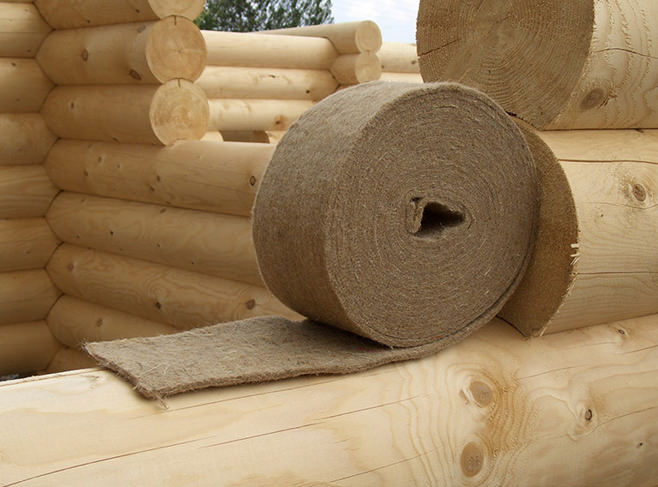
Peat blocks
This natural insulation is obtained from peat. It is pretreated: it is crushed, by the addition of water, it is brought to the state of a paste, to which various wastes from the wood industry are added (for example, sawdust, shavings). Then from the peat «pastes» blocks are formed by pressing and dried.
The use of such an environmentally friendly insulation makes it unnecessary to use membrane vapor barrier materials, since condensate that gets inside, even when frozen, cannot damage the structure of the blocks. In addition, peat contains natural antiseptics, which means that neither mold nor fungus is afraid of such an ecological insulation for the house..
«Ecowool»
Cellulose is a natural material that serves as the basis for producing ecowool. Cotton wool itself is a rather flammable material, therefore boron compounds are added to the natural insulation, making it resistant to fire and immune to fungi and mold. The only drawback is hygroscopicity, therefore this material is not suitable for bathrooms or other rooms in which there may be high humidity..
Sheep’s wool
Manufacturers supply this environmentally friendly insulation in the form of fabrics of different densities. It can vary from 20 to 120 mm. Like ecowool, sheep wool can absorb water, and in significant quantities, gaining up to 30% of its own weight. But this has its own plus: when it dries, the material gives off water, thereby humidifying the air in the room. Such «humidifier» will work if the insulation is not covered with a vapor-impermeable film on top.
Fiber boards
The starting material for production is waste from the wood industry. The tree has excellent thermal insulation properties, sufficient strength, noise suppression property, and also good «breathes». This ecological insulation for the house is easy to install, it can not only insulate, but also soundproof any premises.
Bung
Quite expensive natural insulation, which is obtained from the bark of cork trees, mainly growing in Portugal. The very structure of this material makes it an ideal insulation: many pores that penetrate the wood, retain heat well, and perfectly muffle sound. Resistance to fungi and mold is provided by natural resins in the cork.
Damask
A storm at sea brings more than just destruction. It casts a huge amount of algae on the shore, from which many useful materials are made, including damask. This eco-friendly insulation made from Zostera is not afraid of water. At the same time, it does not burn, it is not prone to decay, it keeps warm well and is able to take excess moisture from the room, giving it away when it gets too dry.

